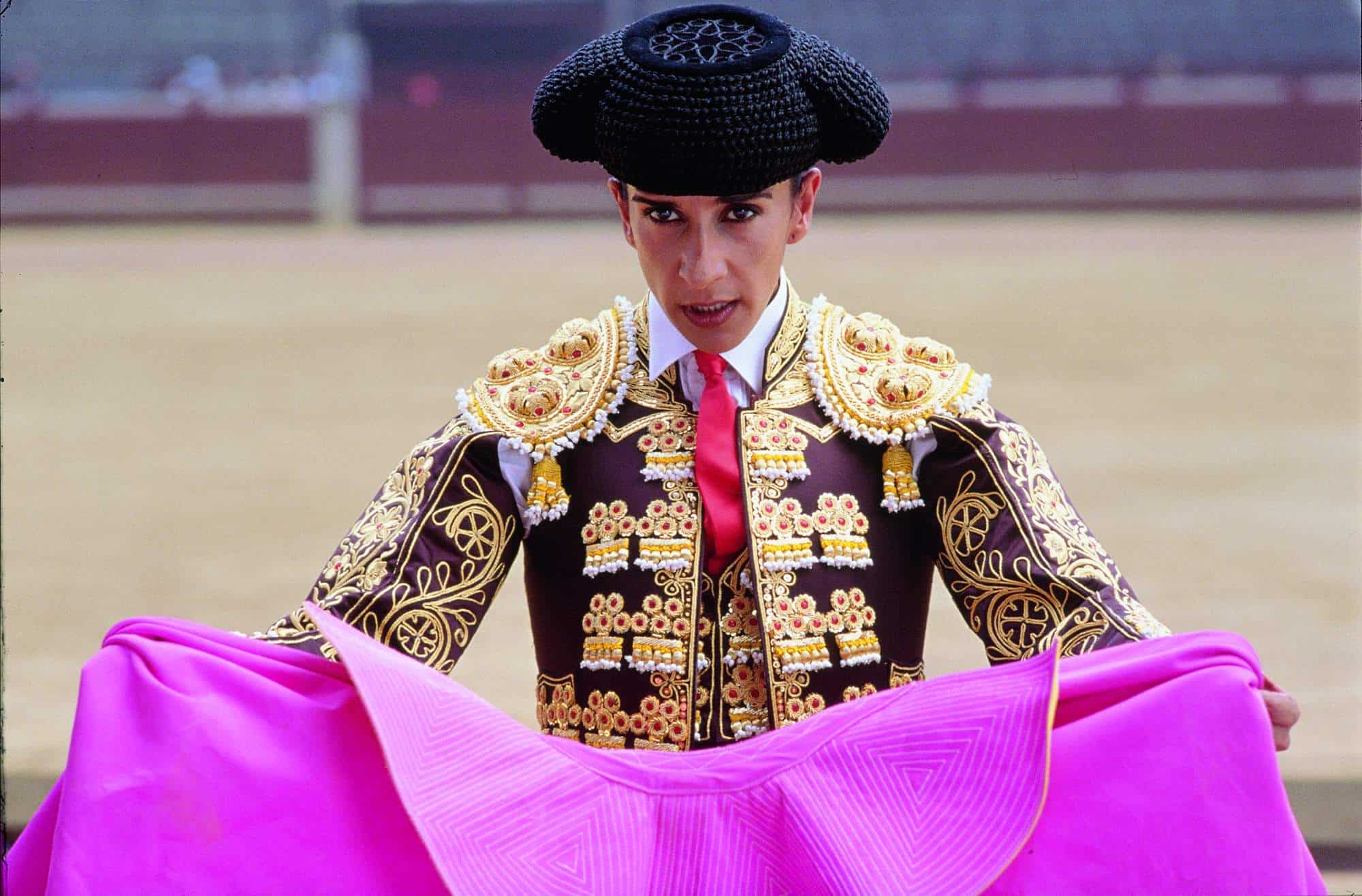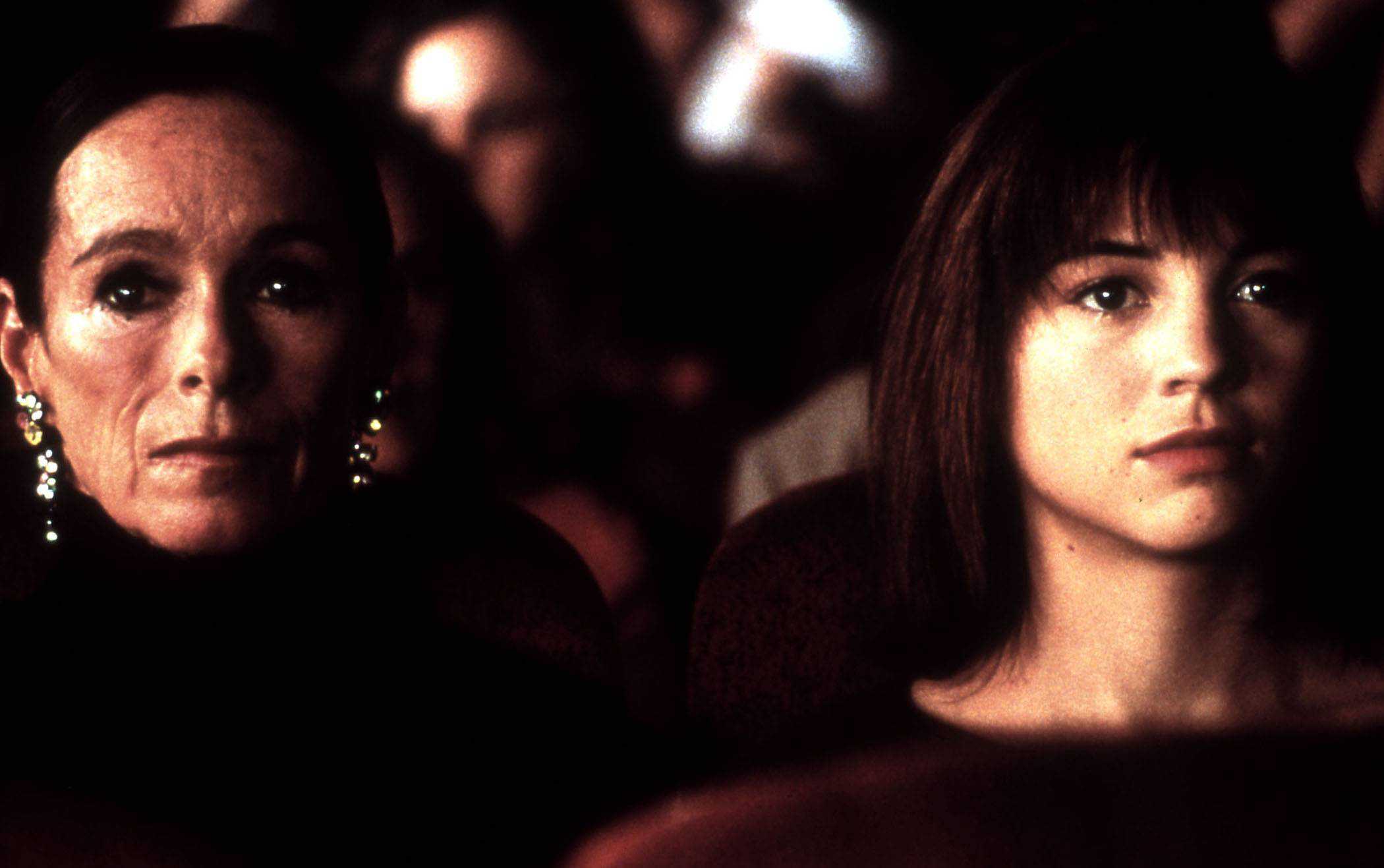
Talk to Her
2002
Rate this movie
Average: 0.00 / 5
(0 votes)
Director
Almodóvar's cinema is a metaphor for human passions very often pushed to the extreme, and at the same time a canvas woven with unsettling embroideries of Chance that generate grotesque, undecipherable situations, and which are interconnected with human passions through a secret cryptography. This cryptography is not a mere narrative artifice, but the very essence of a universe where destiny and will clash in a ballet sometimes melancholic, sometimes exhilarating, yet always profoundly human. The grotesque, in Almodóvar, is never an end in itself, but becomes a magnifying glass to scrutinize the absurdity of the everyday and the dramatic irony of existence. It is a dramaturgy of the unforeseen, nourished by impossible coincidences, unexpected betrayals, and shocking revelations, elevating banality to sublime tragedy or comedy.
Finding the key to that code means hermeneutically delving into the innermost essence of the Spanish director's works. It is an invitation to read between the lines of sharp dialogues, to decipher the chromatic symbolism that pervades every shot – that "Almodóvar Red" which is not merely a color, but impulse, blood, love, and danger – and to grasp the cultural allusions ranging from telenovela to classical melodrama, from the most sentimental Hollywood cinema to the boldest avant-garde. This hermeneutic process is never intellectualistic in the dryly academic sense, but rather a sensorial and emotional immersion, almost a synesthesia that Almodóvar orchestrates with mastery.
Ultimately, Almodóvar is a Demiurge who molds, through the clay of emotions, splendid baroque sculptures that long persist in the mind like infinite cathedrals. His baroque style is not merely stylistic, but intrinsic to his worldview: an exuberance of forms and feelings, an explosion of vitality that, as in the works of Bernini or Caravaggio, constantly confronts the drama of existence, the fragility of bodies, and the absolute nature of passions. Every detail, from the choice of an outfit to the arrangement of a stage prop, contributes to creating a visual and psychological fresco of rare complexity, where apparent superficiality conceals abysses of introspection.
After the enchanting Tutto su mia madre comes Parla con Lei, a work that can be considered complementary to the great introspective exploration Almodóvar had undertaken in his previous work. If in Tutto su mia madre the lens was focused on the female universe, on motherhood in all its facets, on the resilient strength of women in the face of loss and grief, Parla con Lei shifts the focus, while maintaining his compassionate gaze, onto male frailties and obsessions. Here, another type of care and devotion is explored, placed however within a context of complex male relationships and a solitude bordering on pathology, creating a thematic and stylistic bridge, but also a clear break, testifying to the evolution of his vision.
Here too, we have a story where a powerful and devastating feeling becomes the semantic core of the film, dictating its language and aesthetic signature. This feeling, in Benigno's case, is not just love, but an unsettling fusion of devotion, possession, empathy bordering on delirium, and a solitude so profound as to generate a parallel universe of attachment. It is a passion that shatters ethical and social boundaries, transforming care into obsession, proximity into violation, and forcing the viewer to confront the discomfort of an ambiguous morality.
Marco, an Argentinian writer, meets and befriends Benigno, a male nurse who cares for patients in long-term comatose states in a private clinic. Their bond originates in a theatre, while watching a Pina Bausch ballet, a non-random element that sublimates silence and movement as languages of the unspeakable. It is precisely in this rarefied and poignant environment that one of the most complex and multifaceted friendships in Almodóvar's cinema develops, a friendship that is both solidarity and moral conflict.
Marco encounters Benigno again when his girlfriend, Lydia, a bullfighter injured in a work accident, is rendered comatose. The image of the bullfighter, a figure of extreme strength and vulnerability, motionless and unconscious, is a powerful symbol of a suspended life, of a destiny broken at the height of its splendor.
Benigno makes Marco understand how important it is to lovingly care for one's loved ones, to talk to them, even if they apparently cannot hear or react. His approach is almost performative, a continuous narrative that Benigno constructs for and around Alicia, a delirious act of love that transcends reason and ventures into the territory of the pathological, confusing reality with the projection of his own desires.
Benigno lovingly cares for Alicia, a ballerina who has been in a coma for four years. The choice that Alicia is a ballerina is crucial: her body, an instrument of expression, harmony, and movement, is now paradoxically immobilized, reduced to pure form, an object of care and, for Benigno, of a romantic and disturbing idealization. Her profession, like that of Lydia the bullfighter, is steeped in performance, in bodies in action, and their state of inactivity renders them, in a sense, blank canvases onto which the desires and fears of others are projected.
When it is discovered that Alicia is pregnant, Benigno is identified as the culprit, to the utter horror of his friend and the audience. This revelation, shocking and morally ambiguous, is a punch to the gut that elevates the film from an intimate drama to a bold reflection on the boundaries of desire, consent, and human solitude. Almodóvar does not judge, but invites us to explore Benigno's twisted psyche, almost seeking to understand the inexplicable, yet without ever justifying the unacceptable. The parallel with the silent film projected during the story, Shrink!, where a miniature man enters a woman's body, serves as a dreamlike and surreal metaphor for this invasion, anticipating and commenting, with cruel irony, on the film's most disturbing event.
Imprisoned, Benigno is thus separated from the object of his tumultuous passions. Prison becomes the final stage of an already self-imposed isolation, the tragic epilogue of a devotion that, in its thrust towards the other, ultimately destroyed every boundary.
In this film, Almodóvar uses the narrative device of osmosis between the real plane and the plane of memory: flashbacks and real life appear interwoven into a single sensory plane. But this osmosis goes far beyond mere memory. It includes cinema, theatre, dance, dream, fantasy, and even the small lies with which the characters try to make sense of their reality. Dreamlike sequences blend with tales of the past, theatrical scenes (like those by Pina Bausch or the surreal silent film Shrink!) reflect on the protagonists' lives, creating a layering of narrative and sensory planes that makes the film an almost synesthetic experience, where truth is always elusive, filtered through the prism of individual perceptions. It is a postmodern game with reality, an affirmation that life itself is a construction, a performance, a story that continuously rewrites itself.
The result is a rarefied and ruthless film in which Almodóvar masterfully portrays the souls of the protagonists, delving into the darkest recesses of the human spirit. It is ruthless in its brutal honesty, in its refusal to provide easy answers or definitive moral judgments. It forces us to look at the unspeakable, to confront the most disturbing side of love and solitude, allowing the drama to unfold with an inexorable logic that only Almodóvar's cinema knows how to weave. It is a descent into the underworld of obsession, but also a moving hymn to the necessity of communicating, of "talking," even when there seems to be no one listening.
A masterful work in which a man's spirit seems to waver between an idealized vision of reality and cyclical everyday life. Parla con Lei is not merely the chronicle of an unconventional love, but a profound meditation on the nature of human relationships, on the fragility of body and mind, and on the power of narration in shaping our perception of the world. It is the triumph of the emotional and visual dimension, a masterpiece that confirms Almodóvar as one of the greatest "Demiurges" of our era, capable of creating complex and unforgettable universes that long resonate in the viewer's consciousness as an echo of an ancient and never-dormant human impulse.
Country
Gallery





Comments
Loading comments...